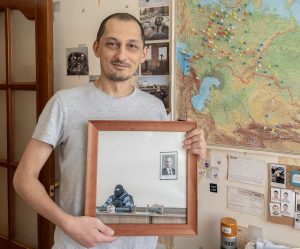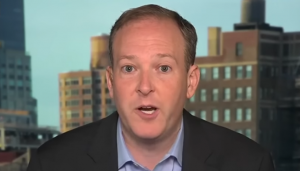It has been a long time since the threat of using nuclear weapons has been brandished so openly by a world leader, but Vladimir Putin has just done it, warning in a speech that he has the weapons available if anyone dares to use military means to stop Russia’s takeover of Ukraine.
The threat may have been empty, a mere baring of fangs by the Russian president, but it was noticed. It kindled visions of a nightmarish outcome in which Putin’s ambitions in Ukraine could lead to a nuclear war through accident or miscalculation.
Also read: Russia-Ukraine crisis: More than 1,700 anti-war protesters detained in Russia
“As for military affairs, even after the dissolution of the USSR and losing a considerable part of its capabilities, today’s Russia remains one of the most powerful nuclear states,” Putin said, in his pre-invasion address early Thursday.
“Moreover, it has a certain advantage in several cutting-edge weapons. In this context, there should be no doubt for anyone that any potential aggressor will face defeat and ominous consequences should it directly attack our country.”
Also read: ‘There is no food and water,’ Indian teenager stuck in Ukraine
By merely suggesting a nuclear response, Putin put into play the disturbing possibility that the current fighting in Ukraine might eventually veer into an atomic confrontation between Russia and the United States.
That apocalyptic scenario is familiar to those who grew up during the Cold War, an era when American school children were told to duck and cover under their desks in case of nuclear sirens, But that danger gradually receded from the public imagination after the fall of the Berlin Wall and the dissolution of the Soviet Union, when the two powers seemed to be on a glide path to disarmament, democracy and prosperity.
Also read: ‘Almost unthinkable’: Sweden on 2022 FIFA World Cup play-off against Russia
Before that, even young people understood the terrifying .idea behind the strategy of mutual assured destruction — MAD for short — a balance in nuclear capabilities that was meant to keep hands on each side off of the atomic trigger, knowing that any use of the doomsday weapons could end in the annihilation of both sides in a conflict.
And amazingly, no country has used nuclear weapons since 1945, when President Harry Truman dropped bombs on Japan in the belief that it was the surest way to end World War II quickly. It did, but at a loss of about 200,000 mostly civilian lives in Hiroshima and Nagasaki. Around the world, even today, many regard that as a crime against humanity and question if it was worth it.
Also read: As Russian assault continues, terrified people in Ukraine spend sleepless night
For a brief time after the war, the United States had a nuclear monopoly. But a few years after, the Soviet Union announced its own nuclear bomb and the two sides of the Cold War engaged in an arms race to build and develop increasingly more powerful weapons over the next few decades.
With the end of the Soviet Union in 1991, and its transformation to a hoped-for democracy under Boris Yeltsin, the United States and Russia agreed to limits on their armaments. Other post-Soviet countries like Ukraine, Kazakhstan and Belarus voluntarily gave up the nukes on their territory after the Soviet Union dissolved.
Also read: Amid ‘scary dream’, Ukraine’s basketball team plays in Spain
In recent years, if nuclear weapons were spoken of at all, it was usually in the context of stopping their proliferation to countries like North Korea and Iran.
President Joe Biden has been aware of the danger of nuclear war between Russia and NATO since the emergence of the crisis with Ukraine. From the start, he has said NATO would not be sending troops into Ukraine because it could trigger direct fighting between the US and Russia, leading to nuclear escalation and possibly World War III.






